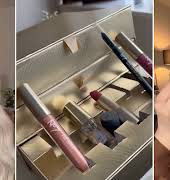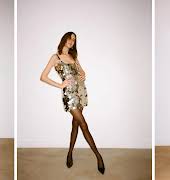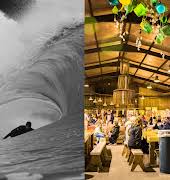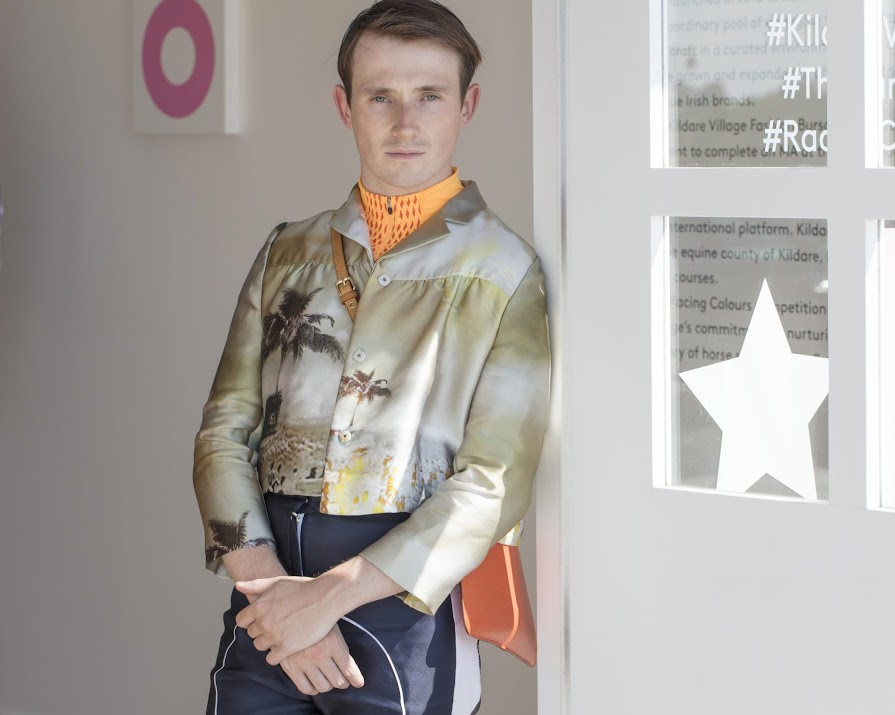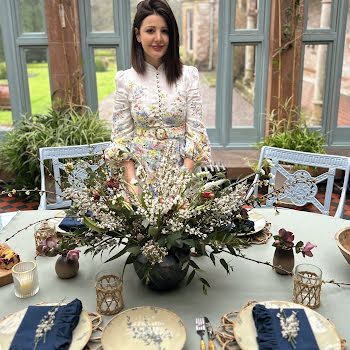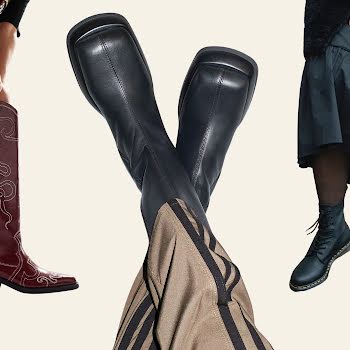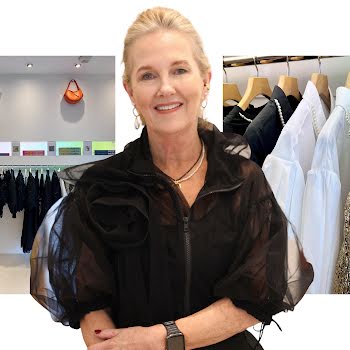
By Marie Kelly
05th Jan 2018
05th Jan 2018
Fashion is so much about showmanship and celebrity these days that it makes the achievements of Irish designer Richard Malone even more impressive, and his attitude more refreshing.
A Wexford native with no background in fashion or design (his mother worked for Argos and his father on construction sites), he was accepted by Central Saint Martins without having completed a fashion foundation course (six individuals out of hundreds of applicants each year who apply in this manner are interviewed, and only one is awarded a place on the BA course – Malone was “the one” in 2012). He won both the Louis Vuitton Grand Prix Scholarship and the Deutsche Bank Award in Fashion Design during his time at Saint Martins, and within two years of graduating, his label had been picked up by retail giants Selfridges, Nordstrom and H.Lorenzo, as well as contemporary boutique Machine-A in Soho, London.
For such a high achieving young man, Malone, 26, talks little of celebrity, of accolades and awards, or of social media successes (in fact, he does his best to ignore Instagram, he admits). “I’m told what to post on Instagram, but I don’t do it,” he smiles conspiratorially. “I think posting looks from the show really kills it. Besides, I work with a lot of optical fabrics, which you have to see in the flesh. They don’t register in photos.”
Instead, Malone talks effusively about clothes and the women he wants to wear them. He speaks passionately about fabrics, cut, construction and fit. He bolts against the homogenisation of how women look, particularly on social media, and he talks earnestly about creating clothes for the kind of women (all ages and sizes) he was surrounded by as a boy in Ardcavan. “We’ve gone through this weird phase where every woman [on the runway] looks 16 and skinny. That can’t be the only way to look. Private clients aren’t buying from luxury houses now because they can’t imagine themselves wearing those clothes. The houses grade up the fits, but then they don’t sit correctly on other women.”

Richard Malone SS18
Malone laments the photo-ready, Instagram-infatuated culture we live in too. “I think in this picture-obsessed time we’re in at the minute, designers have to be sensitive that clothes aren’t just made for front and falls.” All of Malone’s designs develop from being tried on the body, his own initially, and then on a variety of different women to see exactly how the fit and forms work. He arrives promptly to our interview wearing a pair of side-striped trousers from his own collection (and a cropped Prada jacket, womenswear also), and explains that he does the pattern cutting as well as most of the construction himself for his runway pieces. “I even try on the dresses,” he admits with a laugh, “to see if the fabric is alright. I have a lot of private clients and I learn a lot from these women about the fit of clothes.” Malone values hugely his relationship with these clients, who he says are looking for something personal, something that has taste, and an identity that they can relate to. “They may not buy a big twisty sculptural piece, but they will buy something similar,” says Malone.
Despite his love of “twisty sculptural pieces”, functionality is Malone’s design mission. “There is always a focus on functionality,” he says. “Yes, there are a lot of showpieces like twisted jackets and sculptural tops, but they always have to be super-functional. A lot of people think they’re not for real life, but they are,” he enthuses. Malone’s inspirations are wonderfully mundane – the local uniforms of his childhood; his own school uniform, his mother’s Argos workwear and his father’s overalls. “I learned a lot from my parents’ clothes as a child in terms of functionality and resourcefulness.” For this season’s collection, Malone’s starting point was some “nasty brown buses” that drive around Wexford town. He redrew patterns from the buses and transformed them into prints with a vibrant Pop Art vibe.

Richard Malone AW17
Our conversation never veers very far from Malone’s hometown and family. He speaks with consideration about the “sensibility” he developed growing up in Wexford. “The way people responded to clothes wasn’t trendy at all, it was a lot more original. There were little groups and clusters of people – kids from upper class schools and gangs of street kids – and there were codes to how they dressed. I remember when I was a teenager, all the girls had to have coloured mascara. I love those kinds of little cliques because they’re authentic,” he muses.
Malone’s Irishness is important to him, but perhaps more important is his working class background. “It’s really important because it’s so rare in Saint Martins. It’s so homogenised – upper middle class, went to private school, knows fashion – I hadn’t a clue, but I think it helped me a lot in terms of my perspective because I could just call bull**** when I saw it. Fashion was not a pretentious thing for me, just something I loved doing.”
Malone may not have the stereotypical Saint Martins breeding, but he does cite his grandmother as one of the artists who has most inspired him. “My grandmother is quite amazing because she’s never been an artist, yet she’s kind of always been an artist. I think that’s quite inspiring when someone does something out of pure passion and love. She had, like, a million kids, too, so it was quite amazing to see that.” At 83, Malone’s grandmother still paints every day – she once worked through the night to help her grandson with an art project. His Welsh boyfriend (another Saint Martins graduate) creates land art and is also someone Malone looks up to creatively.
It’s clear that relationships are important to Malone – familial, client, romantic. But right now, his focus is on the relationship he’s building with his brand. “I don’t think I am the brand… well, I am in the sense that the taste level comes from me, but I think it’s something that is separate from me. I can separate the two, you know?”
Malone couldn’t be further from the showbizy, selfie-fixated fashion stars that populate our feeds. His attitude is grounded, his work ethic admirable, and his philosophy simple: “Do what you love, and you’ll be fine.”



